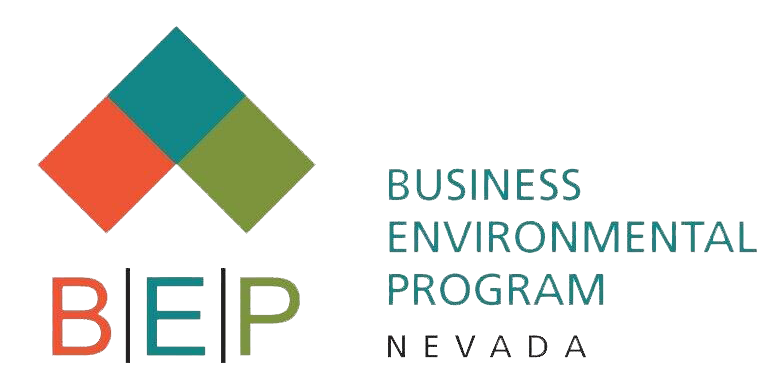Air Quality Permitting Requirements
The Nevada Division of Environmental Protection (NDEP) regulates air quality in all counties in Nevada except for Washoe and Clark Counties.
Types of Permits
If you are located in NDEP’s jurisdiction, there are different types of permits that are dependent on the amount of emissions your facility is releasing. Class I permits are usually reserved for very large operations such as large mines, whereas Class II permits are more applicable to the smaller operations located throughout Nevada such as paint shops, foundries, and small mining operations. Even if you are below the emission thresholds for both Class I and Class II, it might still be important to submit an Applicability Determination.
The permit categories below give a more in-depth explanation about the quantities required for each class of permit. The category of the permit is a link to the PDF for that permit application; click on them to access the PDFs.
The following thresholds are a guide to the various air quality permit types for NDEP:
· Class I – Typically for facilities that emit more than 100 tons per year for any one regulated pollutant or emit more than 25 tons per year total HAP or emit more than 10 tons per year of any one HAP or is a PSD source or major MACT source.
· Class II– Typically for facilities that emit less than 100 tons per year for any one regulated pollutant and emit less than 25 tons per year total HAP and emit less than 10 tons per year of any one HAP.
· SAD – Surface Area Disturbance of >5 acres.
· General / COLA – Temporary portable equipment for road and highway construction at a location < 12 months.
· Applicability Determination– This application is for facilities that do not release enough emissions for a Class I or Class II Air Quality Operating Permit.
What do I need to prepare my application?
The permit application process requires very specific information about your facility and processes. The following questions should help you to get started gathering some of the necessary information for the permit application. Once you have figured out what application(s) you will need, all the different NDEP application forms can be found here.
Are you going to be doing any new construction that could disturb an area larger than 5 acres?
· If yes, then you will need to fill out a SAD permit application along with the proper Class I or Class II permit application.
Which pieces of equipment release emissions?
· It is a good idea to make a list of all of the pieces of equipment that release emissions so that you know which ones will be included in the application.
· If there is equipment that releases a very small amount of emissions, it is likely that it will be classified as an insignificant activity on the application, but it will still need its own form.
Do you have an industrial piece of equipment, combustion, liquid storage tank, or a storage silo?
· It is important to categorize the equipment into industrial, combustion, liquid storage tank, and storage silo. There are different forms for each of these categories on the application.
Do you have a flow diagram?
· A flow diagram is required to be submitted with your permit application if you have multiple emission units. This can be a simple diagram relating each piece of equipment and visualizing the “flow” of your facility. Please see NDEP’s example flow diagram. Video demonstration coming soon!
Where is each piece of equipment located?
· In the application each industrial, combustion, storage silo, and liquid storage tank form asks for the coordinates, or UTMs, of the piece of equipment that is listed. In addition, the application also asks for a map of all of the coordinates for the pieces of equipment and buildings that are located on the property. In order to do this you will want to follow the directions below (Video demonstration coming soon!)
· Click on the following link http://webgis.ndep.nv.gov/
· Once you are in the site, click on the first option “eMap”. When the map appears, scroll down to the bottom left corner where it says Lat/Long and change it to 1983 UTM Zone 11. This will change the readings to UTM coordinates. You can zoom into the location of your facility and hover over the pieces of equipment and buildings. While you’re hovering the UTM coordinates will show in the box.
What are the boundaries of your piece of property?
· This is a similar process to finding the location of the equipment and buildings on the property. For this step you will want to locate the corners of the property and find the coordinates for them.
What are the dimensions of each building located on your property?
· The dimensions for each building will need to be filled in on the Plant Building Parameters form in the application. You will need the height, diameter, and UTM coordinates for each building that is located on the property.
Need Help?
BEP is always here to help. Our services are free and confidential!
If you don’t know anything about air quality and air quality permitting or have a new issue come up, contact us.
BEP staff is available to:
- Answer your questions regarding air quality and air quality permitting
- Assist with understanding the regulations
- Assist with understanding and managing the permitting process
